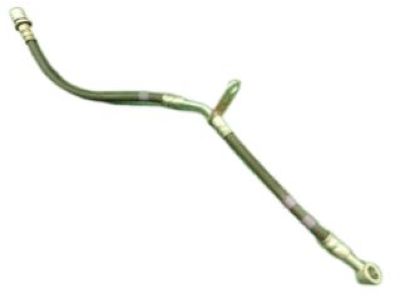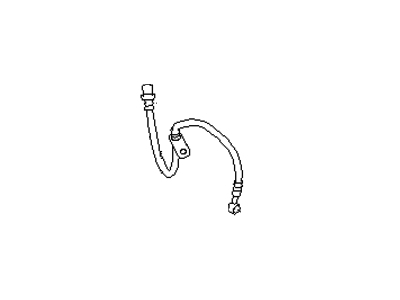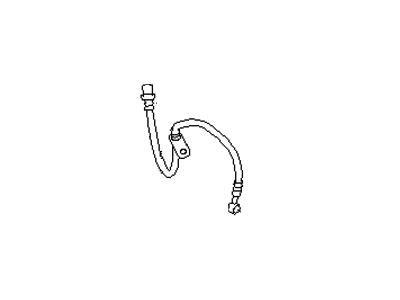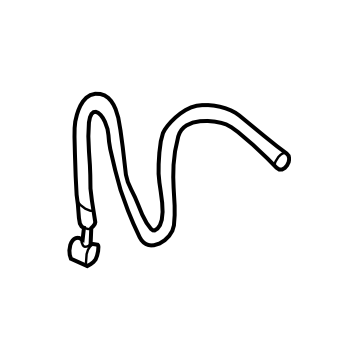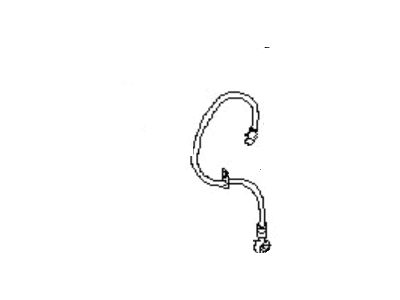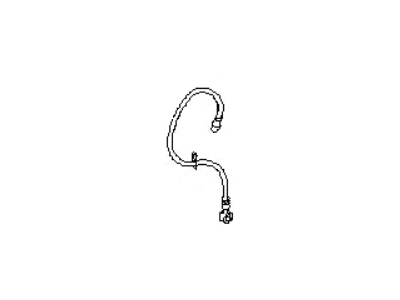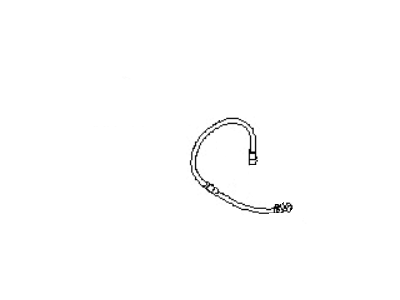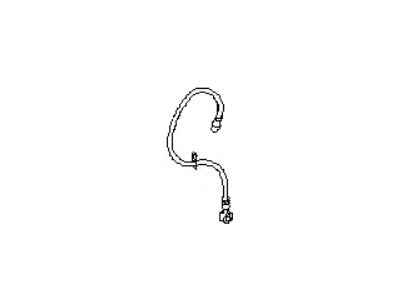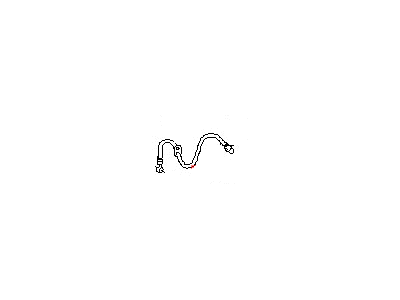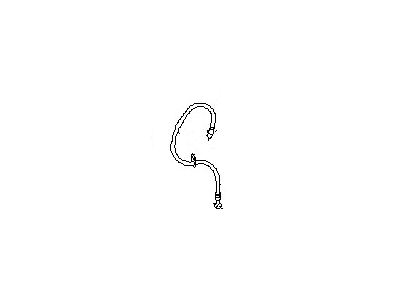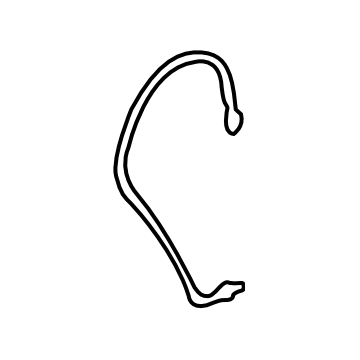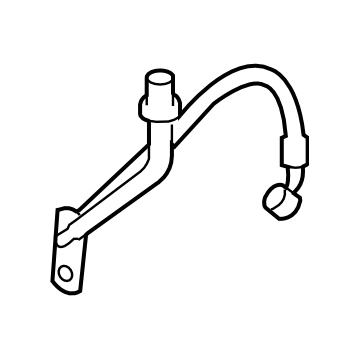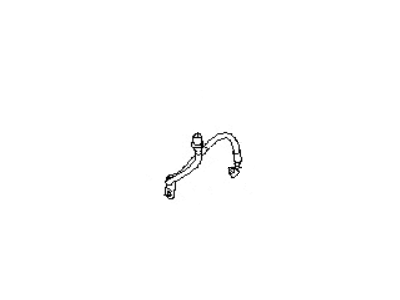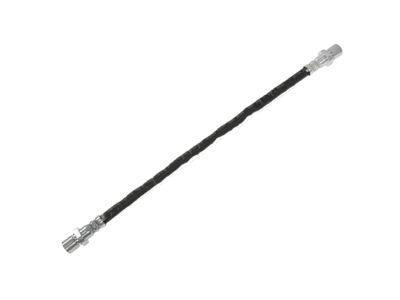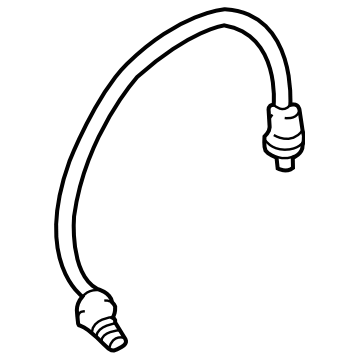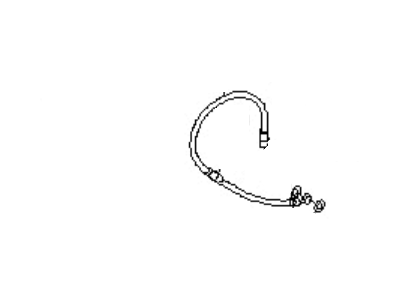×
- Hello
- Login or Register
- Quick Links
- Live Chat
- Track Order
- Parts Availability
- RMA
- Help Center
- Contact Us
- Shop for
- Subaru Parts
- Subaru Accessories


My Garage
My Account
Cart
Genuine Subaru Forester Brake Line
Brake Hose- Select Vehicle by Model
- Select Vehicle by VIN
Select Vehicle by Model
orMake
Model
Year
Select Vehicle by VIN
For the most accurate results, select vehicle by your VIN (Vehicle Identification Number).
36 Brake Lines found
Subaru Forester Brake Hose Front LH
Part Number: 26550FC020$42.71 MSRP: $61.90You Save: $19.19 (31%)Ships in 1-3 Business DaysSubaru Forester Brake Hose Front RH
Part Number: 26540AE010$38.64 MSRP: $56.00You Save: $17.36 (31%)Ships in 1-3 Business DaysSubaru Forester Brake Hose Front LH
Part Number: 26540AE030$38.64 MSRP: $56.00You Save: $17.36 (31%)Ships in 1-3 Business DaysSubaru Forester Brake Hose Rear LH
Part Number: 26541SA010$46.33 MSRP: $67.15You Save: $20.82 (32%)Ships in 1-3 Business DaysSubaru Forester Brake Hose Front RH
Part Number: 26590SC000$38.33 MSRP: $55.55You Save: $17.22 (31%)Ships in 1-3 Business DaysSubaru Forester Brake Hose Front RH
Part Number: 26550FC010$42.71 MSRP: $61.90You Save: $19.19 (31%)Ships in 1-3 Business DaysSubaru Forester Brake Hose Front RH C0U4
Part Number: 26540SA020$50.98 MSRP: $73.88You Save: $22.90 (31%)Ships in 1-3 Business DaysSubaru Forester Brake Hose Front LH C0U4
Part Number: 26540SA030$50.98 MSRP: $73.88You Save: $22.90 (31%)Ships in 1-3 Business DaysSubaru Forester Brake Hose Rear RH
Part Number: 26550FC030$40.74 MSRP: $59.05You Save: $18.31 (32%)Ships in 1-3 Business DaysSubaru Forester Brake Hose Rear RH
Part Number: 26541SG001$38.33 MSRP: $55.55You Save: $17.22 (31%)Ships in 1-3 Business DaysSubaru Forester Brake Hose Rear LH
Part Number: 26541SG011$39.28 MSRP: $56.93You Save: $17.65 (31%)Ships in 1-3 Business DaysSubaru Forester Brake Hose Rear LH
Part Number: 26591SC010$42.16 MSRP: $61.10You Save: $18.94 (31%)Ships in 1-3 Business Days
| Page 1 of 2 |Next >
1-20 of 36 Results
Subaru Forester Brake Line
Our website stands as the go-to online destination for OEM Subaru Forester Brake Line. With complete lines of genuine Subaru Forester Brake Line available at unbeatable market prices, we ensure top quality, reliability, and durability. Each part comes backed by the manufacturer's warranty, reinforcing your trust in our offerings.
Subaru Forester Brake Line Parts Questions & Experts Answers
- Q: How to inspect and replace flexible brake hoses and brake line on Subaru Forester?A:Inspect the flexible hoses connecting the steel brake lines to the front and back brakes for cracks, chafing, leaks, blisters or any other form of damage at around every half year. Using a flare nut wrench clean off hose ends and unscrew the metal tube nut. Pull out the retaining clip from the frame bracket and remove the hose mounting bolt on the strut bracket. Disconnect it from caliper and throw away sealing washers. Tighten banjo bolt after attaching new brake hose to caliper with new sealing washers. Ensure correct routing of hose without twisting them. When replacing brake lines, use steel brake lines instead of copper tubing used in making them. Flared tube ends could be attached to pre-fabricated lines that have fixed fittings using a pipe bender that is meant for bending tubes. The new line should be held in place by original brackets and allowed adequate clearance between hot/moving parts. Finally, check master cylinder fluid level upon installation, top up if necessary fill brake system with bleed fluid then you can test brakes before normal operation resumes since it's mandatory to do so.
Related Subaru Forester Parts
Browse by Year
2021 Brake Line 2020 Brake Line 2019 Brake Line 2018 Brake Line 2017 Brake Line 2016 Brake Line 2015 Brake Line 2014 Brake Line 2013 Brake Line 2012 Brake Line 2011 Brake Line 2010 Brake Line 2009 Brake Line 2008 Brake Line 2007 Brake Line 2006 Brake Line 2005 Brake Line 2004 Brake Line 2003 Brake Line 2002 Brake Line 2001 Brake Line 2000 Brake Line 1999 Brake Line 1998 Brake Line
